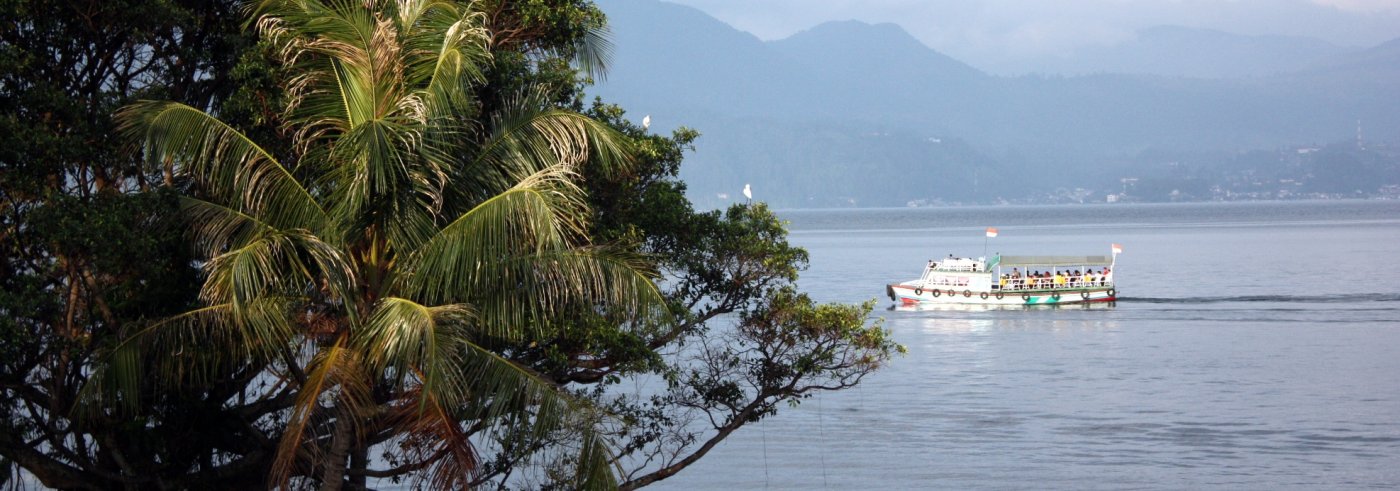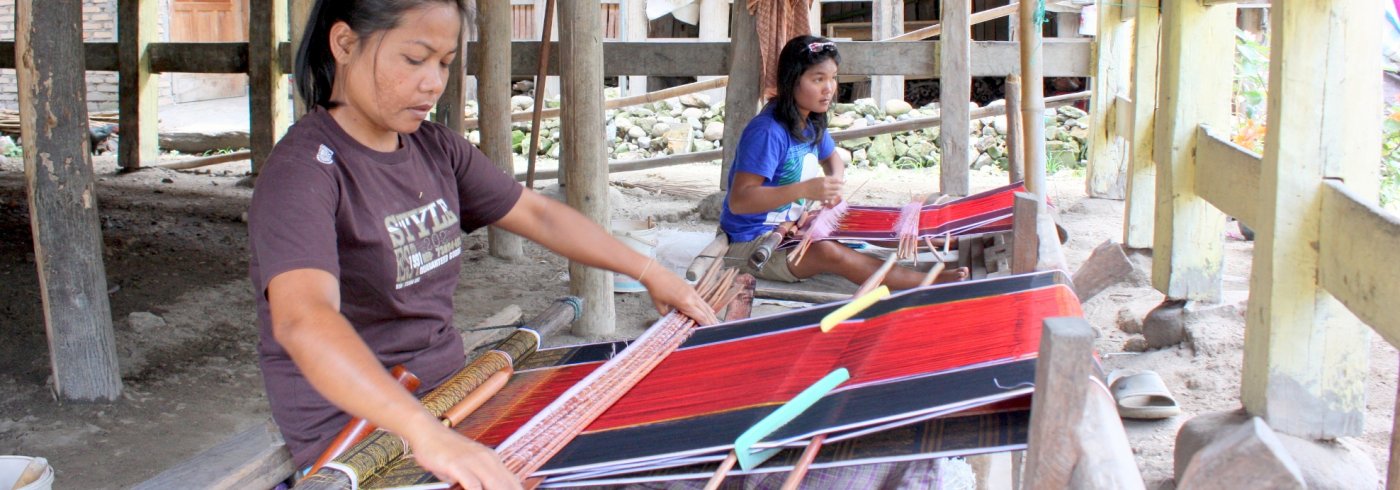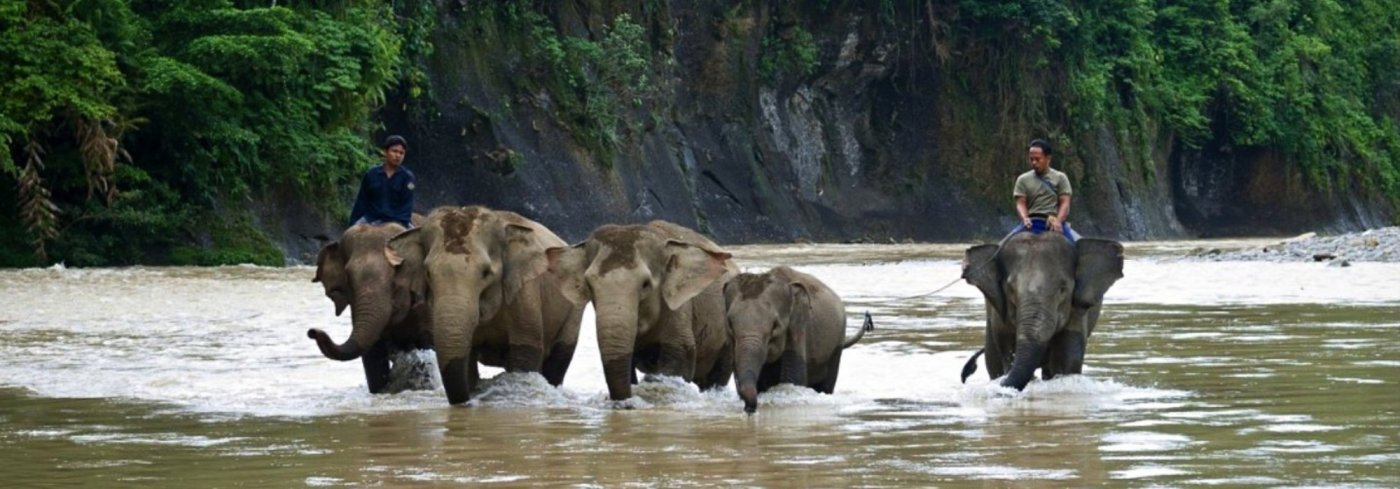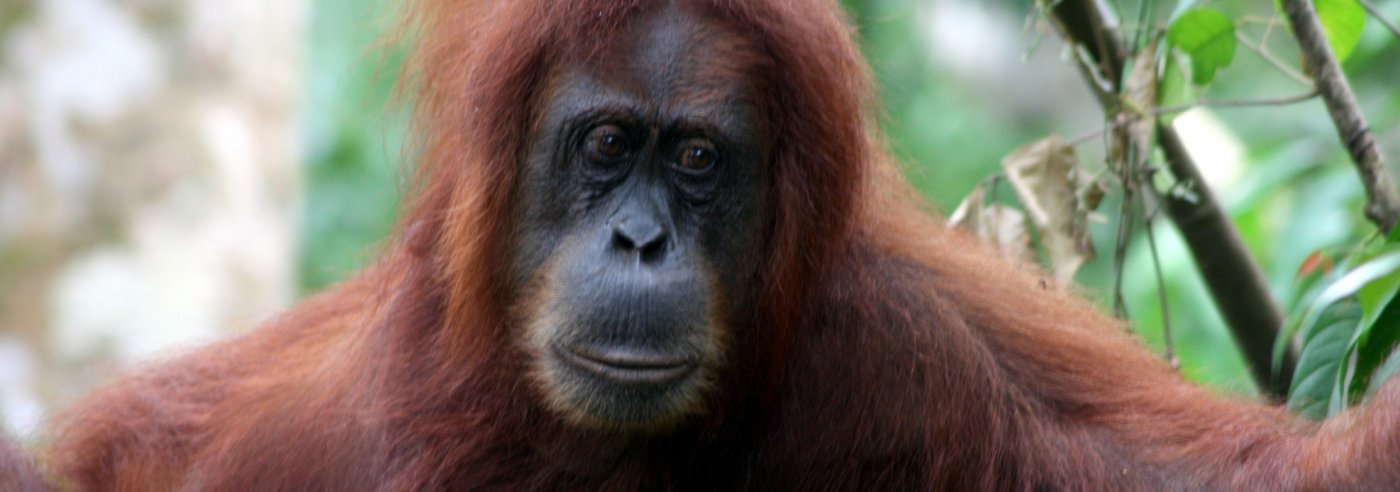Round trip 16 days Adventurous Sumatra and Pulau Weh
Medan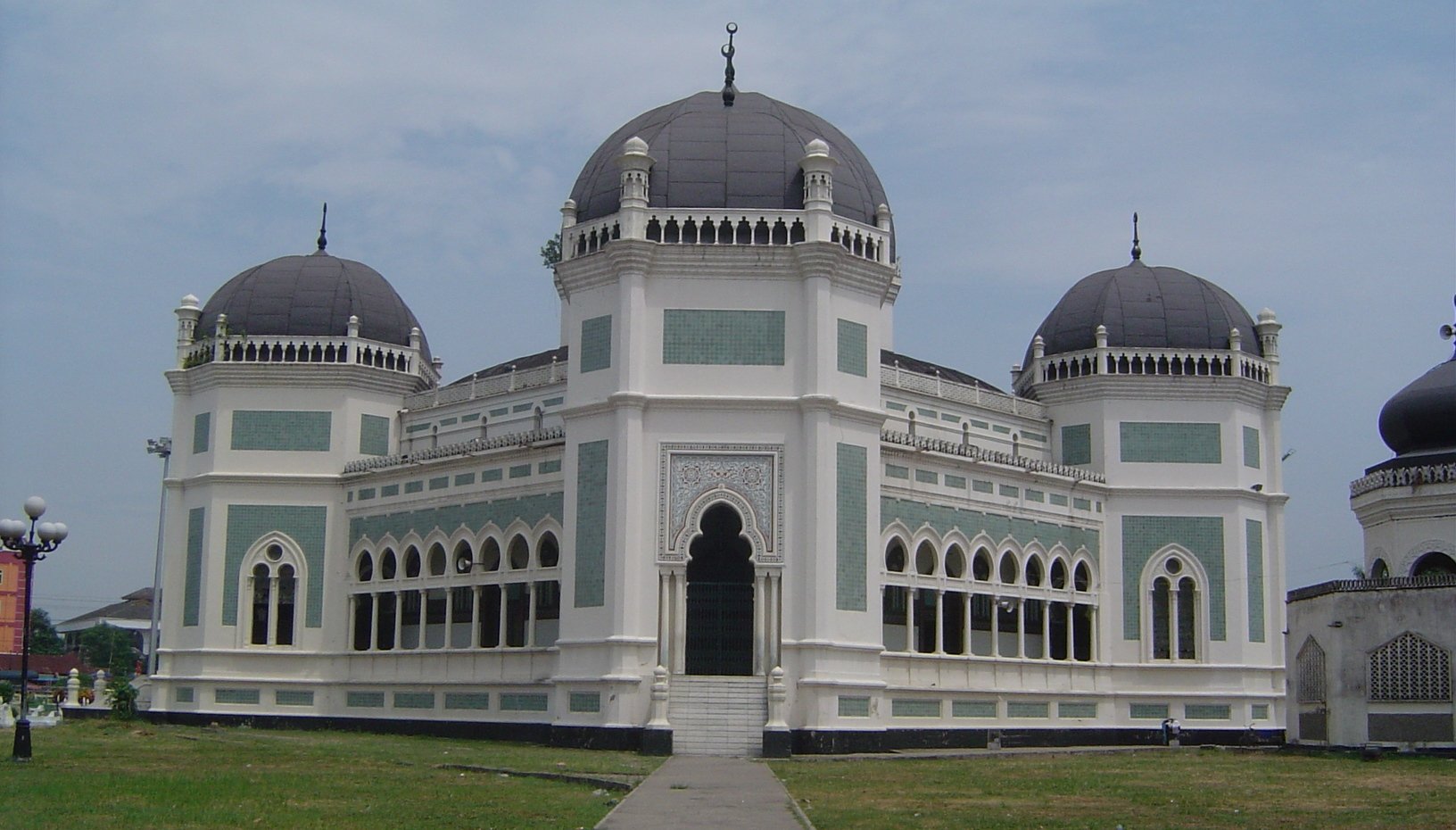 MedanMedan is the capital of the province of North Sumatra and has more than 2.5 million inhabitants. In the Dutch East Indies period there were many plantations outside the city, especially rubber did well. The 1965 book "Rubber" by M.H. Szekely-Lulofs gives a good picture of what the world looked like at the time and how the Netherlands was firmly in control around the Deli river. Later it was mainly the Chinese who attracted trade and power. Now Medan is a modern city, where many old buildings still remind of the colonial period.For the western tourist, Medan doesn't have much to offer: the Sultan's palace is nice to visit, as is the Chinese temple. Take a look at the great mosque Masjid Raya Al-Mashun, you will be welcomed (outside the services) and shown around. Our favorite Deli River hotel is located just outside the city, on the Deli River. The accompanying restaurant Omlandia serves delicious Indonesian, Indian and Western dishes. The pecel (kind of gado-gado with delicious sauce) is a must! In the center there is also a wide choice of hotels, but they still lack the atmosphere. Perhaps the former hotel de Boer, now Grand Inna, will come close. Samosir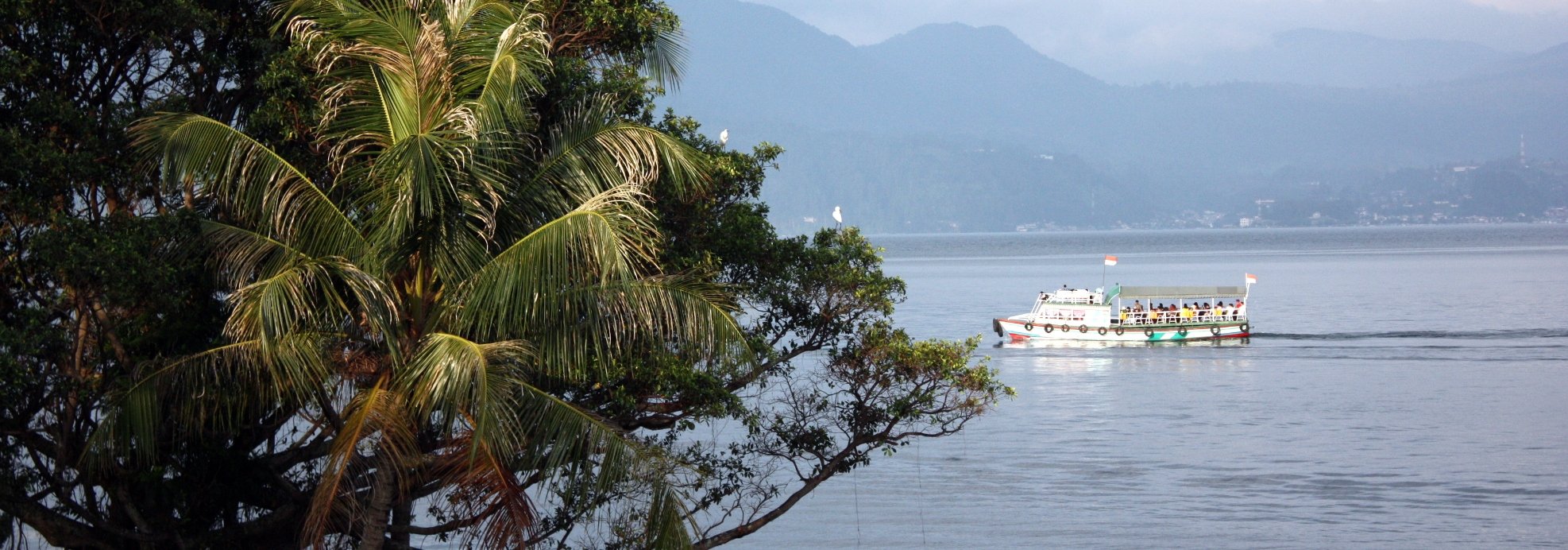 SamosirLake Toba is the largest lake in Indonesia with a length of about 100 km and a width of 30 km. It originated from a volcanic eruption, roughly 75,000 years ago. The Toba Batakkers live around the lake, a people of predominantly Christian faith, mixed with a kind of animistic ancestor worship. Samosir is the famous peninsula in the lake. An island tour of Samosir lets you see and experience the culture of the Batakkers. A boat trip on Lake Toba, along the island, is also a lot of fun and shows almost the same sights. It is special to take a day trip to Tatea Bulan. High in the mountains there is a pilgrimage site of the Batak kings and the ancestors are honored. A very devout visit, with beautiful panoramas. Along the way you will also visit the sacred sources of AEK Sipitu Dai. During our visit, the washing place was quickly emptied in order to show something of the sacred. What you should not miss is a dinner with a vocal group. The Batakkers are known for their polyphonic singing, accompanied by guitar and simple local musical instruments. The culinary specialties of the Batakkers are not always in the taste of western visitors: dog is not exactly what we are waiting for and the Ikan Mas (kind of goldfish) takes you more time to get rid of bones than it is tasty. Fortunately, Saksang remains, a Batak dish that should not be missing during a wedding. There are two variants, of which we ignore the dog and go for the Saksang Babi of pork. Of course you are going to eat at my kake-pinjum, my borrowed brother Rony. Together with Rosinthan he runs the Marysca Restaurant. All our Sumatra travelers get a free dinner here with a warm Batak welcome. Rony, his friends and family like to take you musically through the Batak culture with the vocal goup. Our favorite hotels are Tabo cottages (Junior suite or Villa) and Samosir Villa resort (VIP room. At weekends the resort is overcrowded by local tourists). Bukit Lawang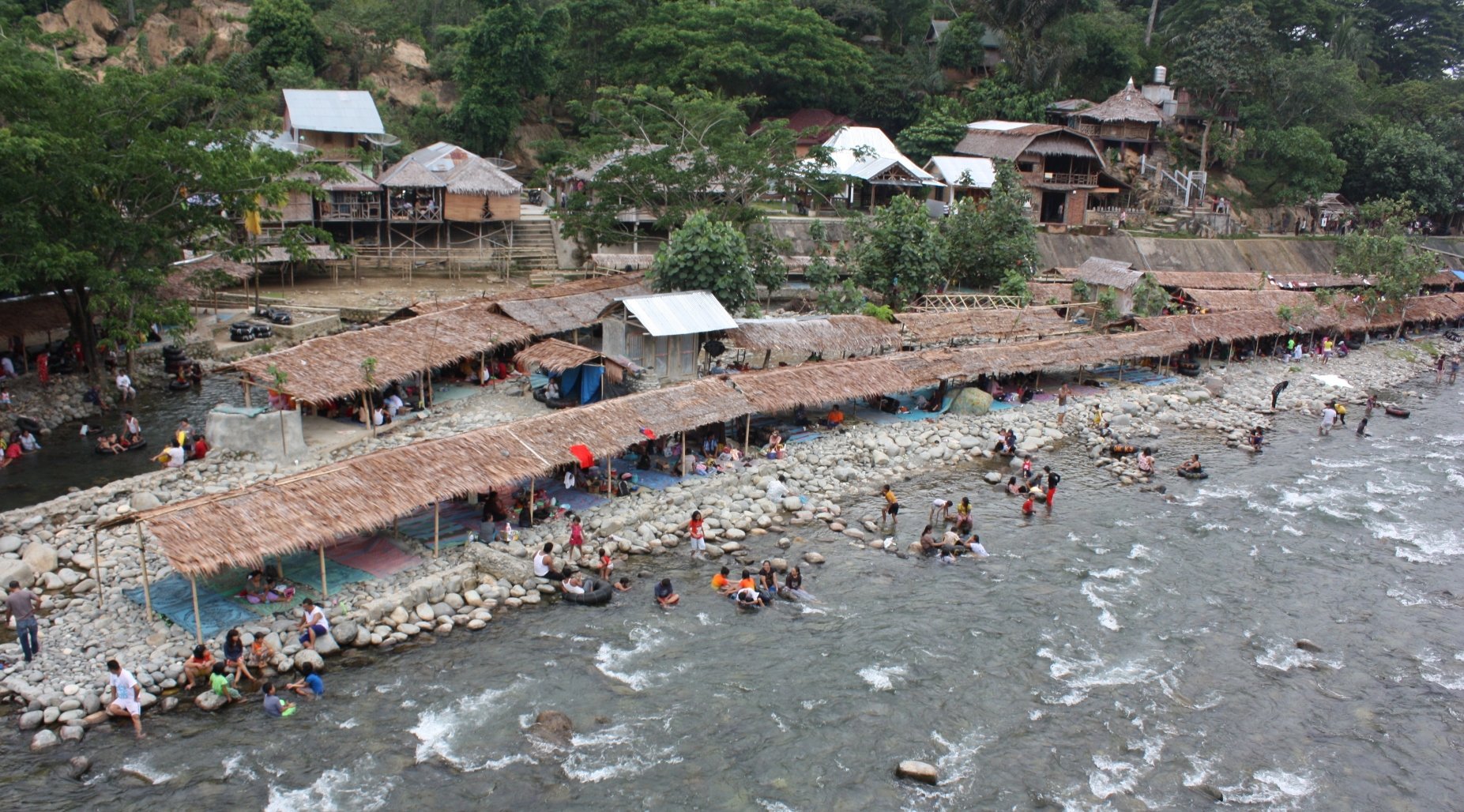 BohorokBukit Lawang is the place that is often called Bohorok, the river of the same name. Bukit Lawang is located in the Gunung Leuser National park and is mainly visited to spot the orangutans. The former orangutan rehabilitation center is located directly on the river. Until a few years ago, the great apes were trained here to be able to live from nature after a life as a pet. That is now a thing of the past. No orangutans have been kept in captivity for years and the work of the rehabilitation center is about to end.Until recently, the monkeys were fed on the "piets time", a name that you have to understand. For many Indonesians, the "F" is a difficult to pronounce consonant that is corrupted into a "P". Feeding time is already more understandable then, but for us Europeans still strange. A time to go. But it is still customary for the premises to go to the feeding time, because then you can be sure that you can see the monkeys up close. However, the pied time is also a thing of the past. If you want to spot orangutans, make a jungle trek of 3 or 4 hours, together with a local ranger, who will bring some fruit or vegetables in his backpack to lure the famous orangutans. Bukit Lawang is approximately 3 hours drive from Medan and 2 hours (via bumpy roads) from Tangkahan. It has some nice accommodations, of which the Eco Lodge and Sam's bungalows are our favorites. For those traveling with growing youth, the Bukit Lawang children's home, with 2 bedrooms, is a nice alternative. Keep in mind that on weekends Bukit Lawang is overrun by local tourists and the Saturday nights are noisy! You don't have to travel to Bukit Lawang for special food. Video Gunung Leuser parkTangakahan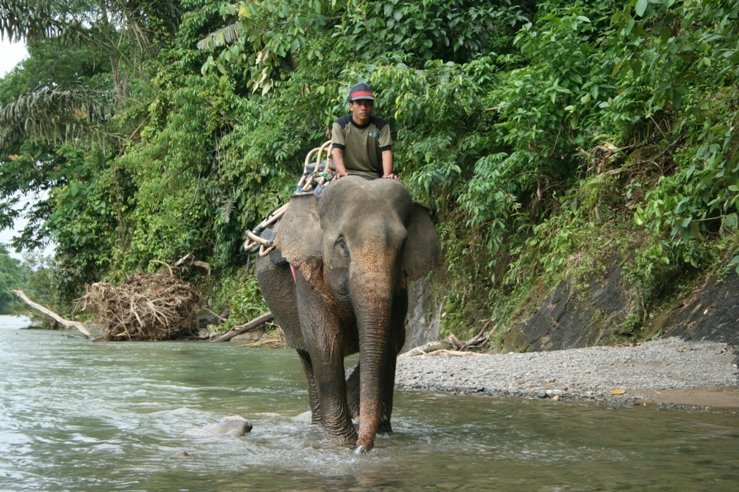 TangakahanFrom Medan to Tangkahan it is about a 2 hour drive and 2 hours bump through endless and desolate palm oil plantations. When you arrive at the river you can see that the rainforest hood has also stopped here. The forest of the Leuser National Park starts at Tangkahan. You cross the river via a suspension bridge or with the bamboo ferry. And then you are really in the jungle.The elephant shelter is located near the hotels, upstream on the Kualsa Buluh River. The elephants are mainly used to patrol the jungle. In the morning and late afternoon they are washed in the river and tourists are welcome to help. From the center you can tube downstream to the hotels with large tires. Must do's in Tangkahan: At least a jungle trek. Under the guidance of a local ranger you take a brisk walk through the jungle and see, hear, smell and experience the jungle. A walk by or along the river to the waterfall is also recommended. At the waterfall you see a lot of butterflies and you can of course also take a refreshing bath. Tangkahan has some very basic accommodations, of which Mega Inn is our favorite. Do not expect hot running water, air conditioning or any luxury. Do expect to wake up to jungle sounds, helpful staff and reasonable and inexpensive food. Pulau Weh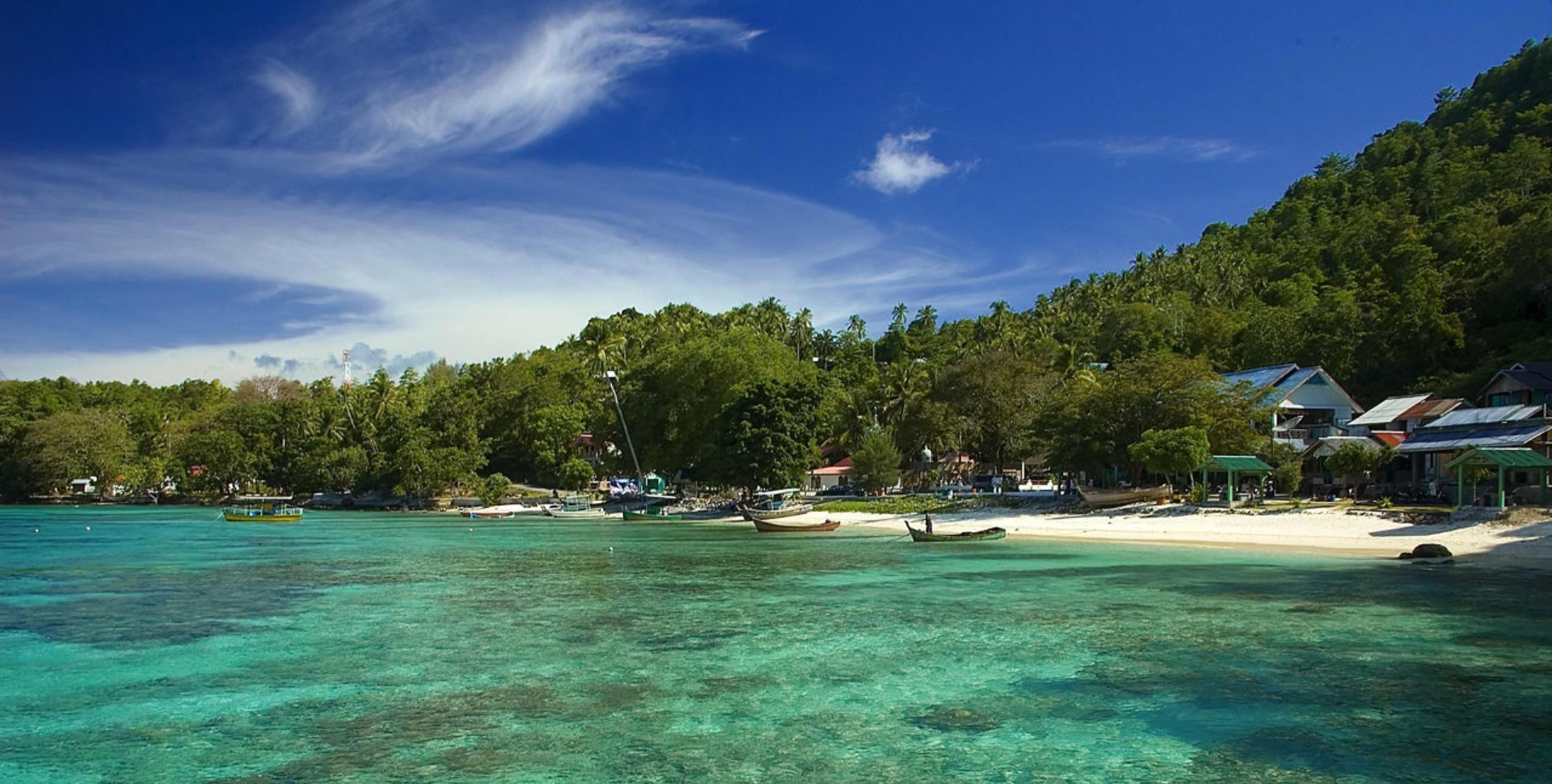 Pulau WehThe small (155 km2) island of Pulau Weh is a wonderful place to start or end a holiday. White beaches, good dive sites and snorkeling spots, reasonably set up for western tourists and of course delicious fish dishes.Divers can expect a varied marine life. With an average water temperature of 28 degrees and a visibility of 20 meters (sometimes in colder areas up to 40 meters), there is plenty to see. You will encounter moray eels, stingrays, sea fans, white and black tip sharks and with a bit of luck a hammerhead. Our favorite (5 * PADI) dive center is Lumba Lumba dive center. The best snorkeling location is on the islet of Rubiah, a 5-minute boat ride from Iboih beach. Especially on weekends it is very busy with local tourists, but that is also definitely worth seeing! Many locals go snorkeling with a life jacket and are not surprised to see how the ladies go into the water with a headscarf ... A day of touring on a rented scooter is absolutely fun, but for a few euros more you take the motor becak: a motorbike with sidecar and a cheerful driver take you on a historic city tour of Sabang and you stop at the Insane Asylum 1924, the Rex cinema and many more buildings from the colonial era. From the town you continue on the island and you can visit small cottage factories, swim at the waterfall or relax on a white beach. Our favorite hotel is Casa Nemo (book a room with air conditioning!), Located on the Pantai Sumur Tiga beach. Definitely order the Udang kari Aceh. A delicious spicy shrimp dish of which you will find the recipe later in the book. Pulau Weh is the westernmost point of Indonesia. There is even a kind of monument “Kilometer Nol” built for it. The end point, over 5,600 kilometers east, is a similar monument in Merauke, Papua Province. Pulau Weh has an airport, but no flights have been operated since 2019. To reach Pulau Weh, fly to Banda Aceh and take the slow (3 hours) or fast ferry (1.5 hours).  Banda Aceh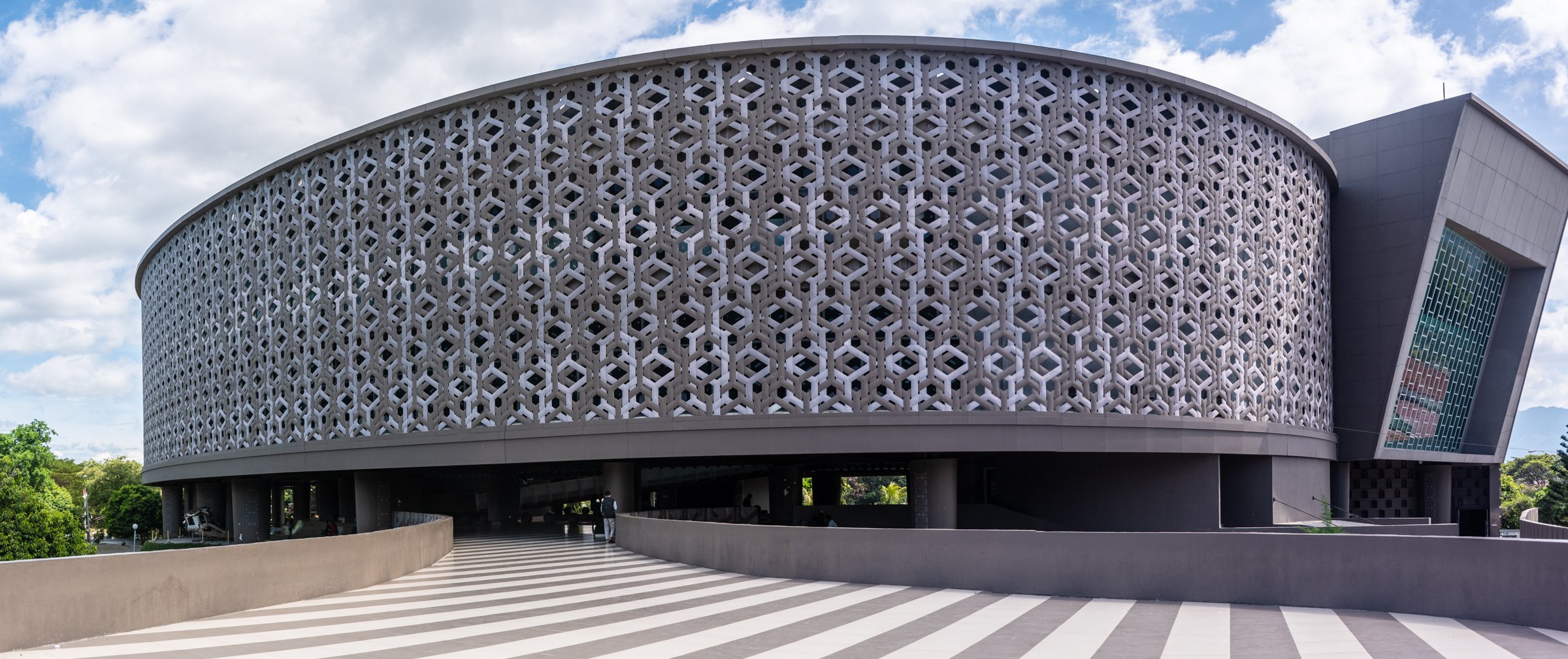 Banda Acehanda Aceh or Banda Aceh is the capital of the northernmost province of Indonesia, Aceh. The population is strictly Islamic. Tourists are advised to respect Islam here and ladies are advised to wear a headscarf outside the hotel.The city of 200,000 inhabitants was severely hit by a tsunami in December 2004. More than 60,000 inhabitants of the city lost their lives. The tsunami museum is very impressive. The ferries leave from Banda Aceh to Sabang, the capital of the island of Pulau Weh. |

